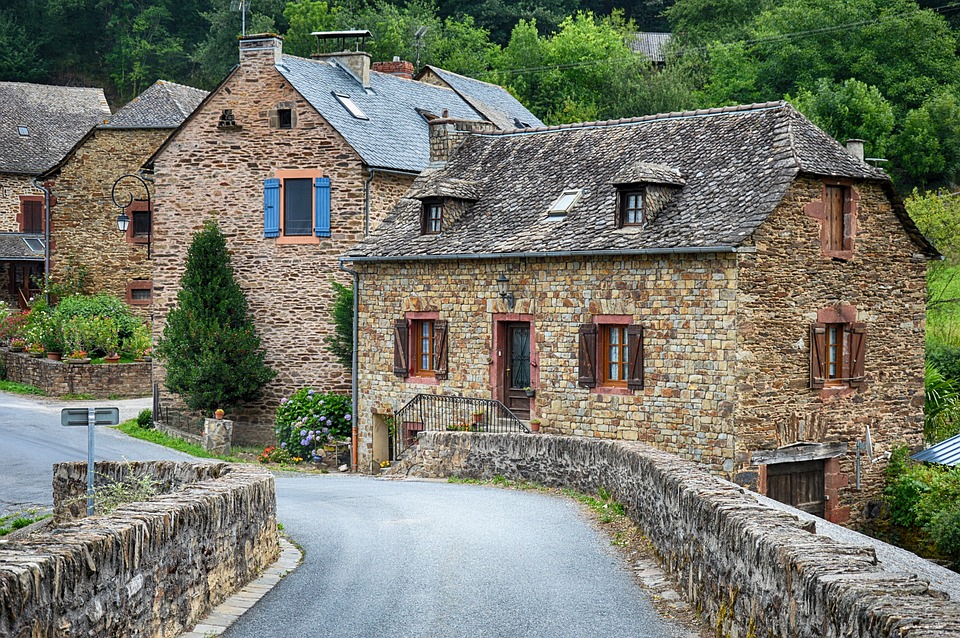
In the eternal quest to create beautiful and serene lived-in spaces, one could be forgiven for wanting to spend most of our time and financial resources on smartening up the inside of our homes, but we’re all about the holistic nature of things, and that means making sure that the face of our homes is taken care of but also, our gardens. Now, if you have a million-Pound budget that’s great, we love celebrating with you but even if you don’t there are still a few relatively easily done things that you can do to create that superstar look.
GARDENS AND OUTDOOR SPACES
The secret to a beautiful garden is consistency…and time. You won’t get your hanging gardens of Babylon overnight but you will get them if you’re prepared to invest a bit of time and money and the great thing about gardens is that you can spend as much or as little as you’d like. The only difference it’s going to make is how much of the work you have to do yourself (or rope in a willing friend or family member). You could also turn it into a family-based activity by designating tasks and spaces to different members of your tribe, they’ll be more invested in it and feel like they have a special place to go to, too. A gorgeous garden can also make your home more appealing to future buyers.
LAWNS
Just like an artist stretches, wets and prepares a canvas before painting, so to should you give that same attention to your lawn. You’ll want to feed your lawn 4 times a year (not just in the spring), keep the height in mind when mowing, it’s as important as the height, water your lawn properly taking care not to overwater some areas, and under service others and make sure that you use premium grass seed. This is an area that requires some patience and dedication but the rewards, oh so gorgeous!
“What is a weed? A plant whose virtues have never been discovered” – Ralph Waldo Emmerson
Those might sound like encouraging words for when one of your brood is the diamond in the rough type, but you don’t necessarily want wees in your garden. There is a move in more water-scarce and desert areas to embrace these plants but check with a gardener first if it makes sense for you in your location.
WASH THOSE WALLS
This is a super-easy way to instantly spruce up the exterior of your home and it requires very little effort. Washing down your outside walls and outside spaces including walkways, paved areas, sheds, and garages will give your home a virtual instant facelift. It’s also going to tell you in pretty much real-time when it’s time for a new coat of paint.
USE WHAT YOU HAVE, CORRECTLY
So this speaks more to equipment usage than it does to actual decorating or landscaping, but it gets an “honourable mention” anyway and the reason for this is simple: far too many outdoor projects get left behind or not handled correctly because our outdoor equipment isn’t maintained properly. We’re also mentioning this here because there are even far greater implications – if necessary maintenance work is not conducted in time and in good order, this could have terrible consequences for your home. So ensure that your equipment is well maintained and you have the necessary parts to fix your outdoor power equipment.





















